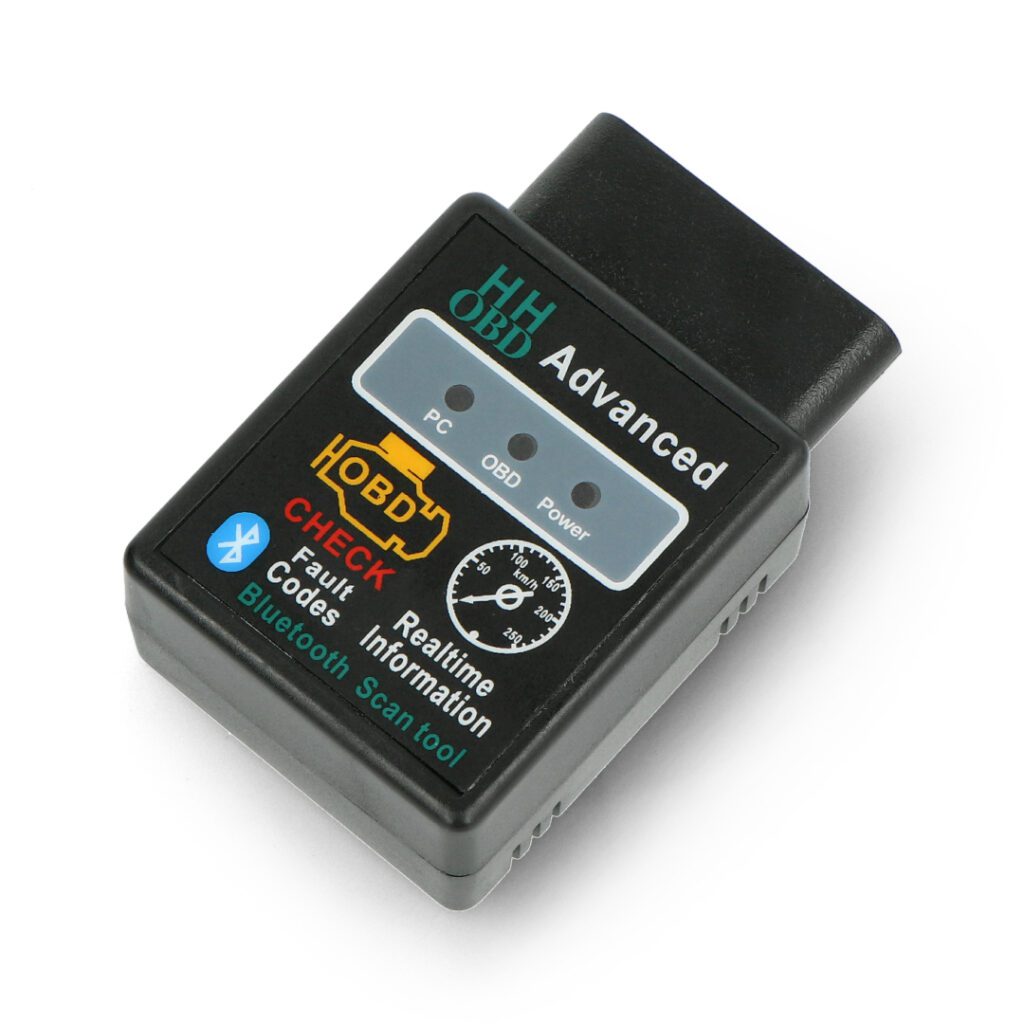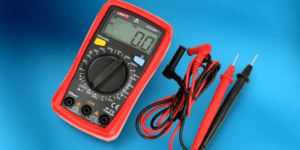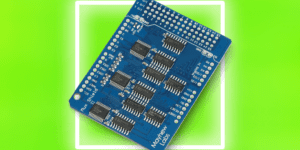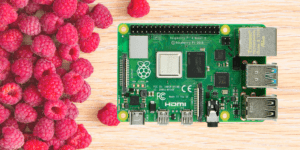Spis treści:
Today we are close to motorization. OBD2 (OBDII, OBD-II) diagnostic scanners are indispensable tools found not only in workshops. They are the ones that help the mechanic understand what condition the diagnosed vehicle is in. Vehicle diagnostics are extremely important because they allow for quick identification of problems, efficiency of repairs and minimization of repair costs. And since diagnostic scanners allow monitoring of vehicle performance, they are also crucial for safety and identifying potentially dangerous situations.
What is an OBD diagnostic scanner?
The OBD (On Board Diagnostic) concept itself began to take effect in American car models quite some time ago, since 1988. The two main types of diagnostic systems in vehicles are OBD1 and OBD2, and OBD1 was used in vehicles until 2006. So it’s safe to say that anything newer will include OBD2. OBD2 is considered a better system because it provides standardized fault codes and more information from the on-board diagnostic system.
Diagnostic scanners are gaining popularity outside the workshops of mechanics and mechatronics technicians primarily because of their ability to personalize the car through coding, read data in real time, avoid costly repairs through diagnostics, perform their own maintenance and detect car fraud, which unfortunately is still not lacking among the practices of dealers.
How does a diagnostic scanner for a car work?
The OBD diagnostic scanner can take different forms and models depending on the manufacturer and the functions it offers. A typical OBD-II diagnostic scanner, which is commonly used in most modern vehicles, has an LCD or color touchscreen display. It is used to display information about error codes, test results, vehicle parameters and other diagnostic data. Buttons and touch interfaces are used to navigate menus and select functions. The scanner can be connected to the vehicle’s OBD-II port – often near the steering wheel, although this varies by make and model – or via a cable, or operate wirelessly via Bluetooth or Wi-Fi.
The wireless connection naturally allows you to use the device from a greater distance. The issue of power supply is solved by the car lighter socket, internal batteries or other sources of energy – this is usually one of the main pieces of information that can be found in the specifications of the chosen device. Menus and options can include fault code reading, real-time parameter monitoring, fault clearing, maintenance readiness tests, reading vehicle identification data, and more. It is worth checking whether our diagnostic scanner has built-in memory or the option to use a memory card, to save diagnostic data and test results. Due to advances in vehicle technologies, scanners are gaining newer features all the time, including remote diagnosis, Internet access and support for more communication protocols.
Diagnostic scanner and car troubleshooting
Whenever the “Check Engine” light flashes on the dashboard, drivers are led to assume a rather serious, and certainly one that requires more attention, fault. Sometimes, however, there is also the frustrating discovery that the light came on for a trivial reason, which could have been easily fixed. Life becomes much easier when we can find out what exactly is wrong with the car – preferably even before we get to the service center. Basically, an OBD reader, or diagnostic scanner, allows you to establish a connection between your car and a mobile app or diagnostic software. Once connected, if you use the mobile app, you can easily access all your car data from your phone. This data is analyzed to identify a specific problem whether it is an engine ignition interruption, loose wires or a change in oxygen levels.
Once the car is started, the OBD system begins the scanning process to verify that all engine components are functioning as expected. The OBD system monitors and can detect errors in all aspects affecting engine performance. Some of these key aspects are:
- Fuel systems.
- Engine Ignition Interruptions.
- Emission control systems.
- Vehicle control/idling.
- Computer systems.
- Transmission systems.
- Others related to the vehicle’s body and chassis, such as seat belts and airbags.
Let’s look at it step by step. Every modern vehicle has an “error memory. “ This memory is responsible for storing technical faults or any fault codes that appear. Each error is assigned a specific code and is stored in the OBD system. With the OBD reader, you can access the data stored in the trouble memory and read the trouble codes to correct them. Certain codes vary from manufacturer to manufacturer, but their presence is quite normal. However, some of them can lead to serious complications. The most critical are engine codes, since the engine is one of the main systems of a car, and repairs are usually expensive. An example of an engine-related error code is the constant heroine of today’s article, the Check Engine light. However, if we perform regular diagnostics, we will certainly save money on maintenance and repairs as a result. The main advantages of diagnostic scanners are their pocket size as opposed to handheld scanners or heavy cables, ease of use due to the lack of need for additional diagnostic equipment.
How useful was this post?
Click on a star to rate it!
Average rating 0 / 5. Vote count: 0
No votes so far! Be the first to rate this post.






